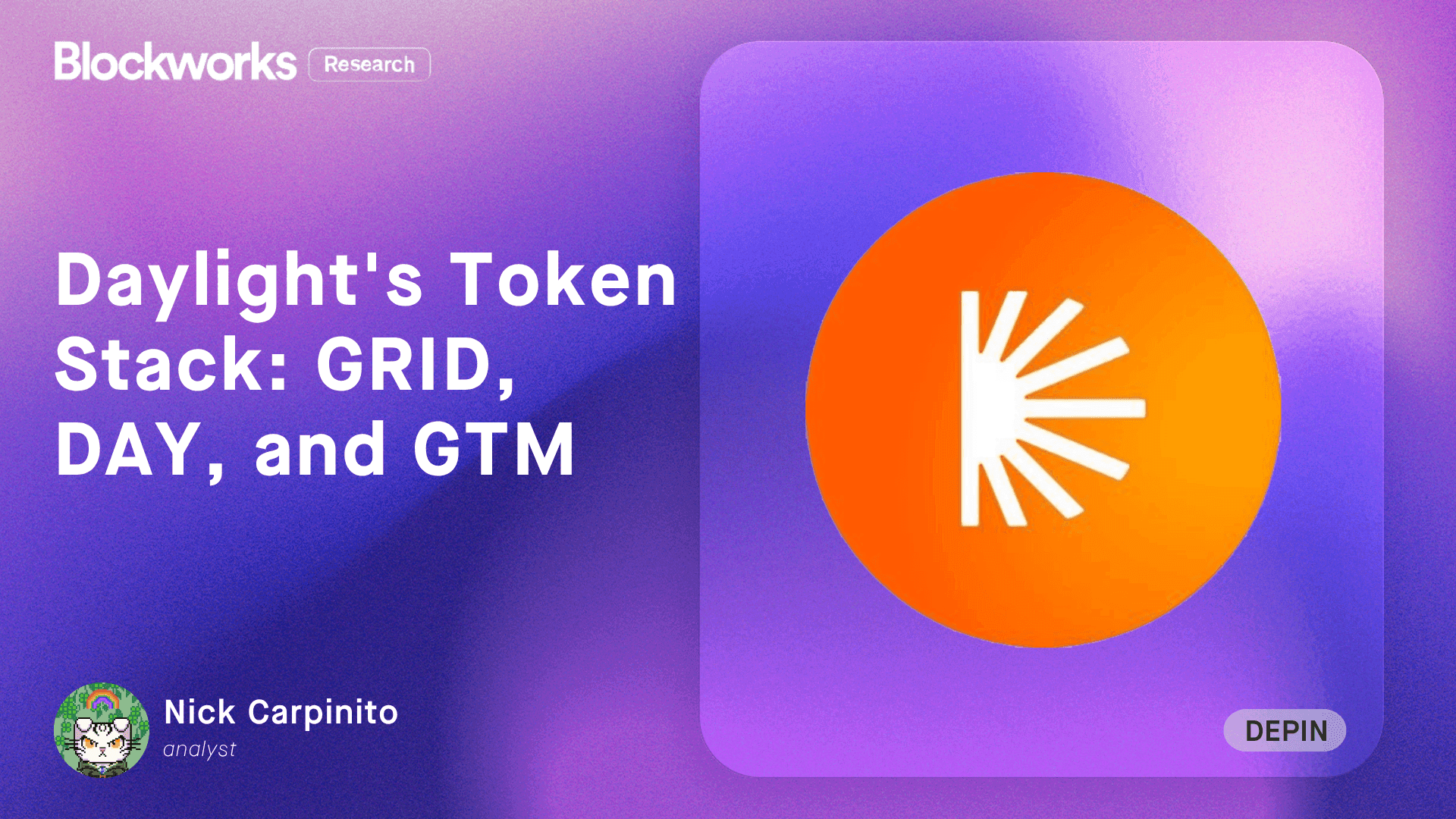What is an Ethereum ETF?
An Ethereum exchange-traded fund (ETF) is a financial instrument designed to offer exposure to ETH, the native asset of the Ethereum blockchain network.
Similar to a bitcoin ETF, an Ethereum ETF enables investors to benefit (or lose) based on changes in the underlying market without actually buying the digital asset itself. Crypto ETFs are often positioned as a means for traditional investors to access the digital asset market but avoiding some of the inherent volatility, security and technical challenges.
What is the difference between ETH?
What is the difference between the digital asset ETH and an Ethereum ETF? Differences include the following:
- Ownership: Unlike a typical digital asset investor who holds their crypto in a wallet address, ETF investors own shares in the related fund. That fund may either hold spot digital assets or derivatives tied to that asset.
- Fees: Like other investment funds, an Ethereum ETF will be charged some form of management fee. By contrast, an ETH holder only pays a fee — also known as “gas” when conducting a transaction on the Ethereum network.
- Trading: Ethereum ETFs are subject to the same trading day restrictions as other investment products. That means Monday thru Friday, instead of the 24/7 cycle typically experienced in the crypto market.
Today, there is one type of Ethereum ETF available in the US market. This is the Ethereum futures ETF, which offers financial exposure to ETH futures. The first of these products were listed in the US in October 2023.
Other companies are trying to create and launch spot Ethereum ETFs as part of a broader push for mainstream adoption. These include Grayscale Investments, a US-based asset management firm.
To date, the SEC has not granted approval to a spot Ethereum ETF.
